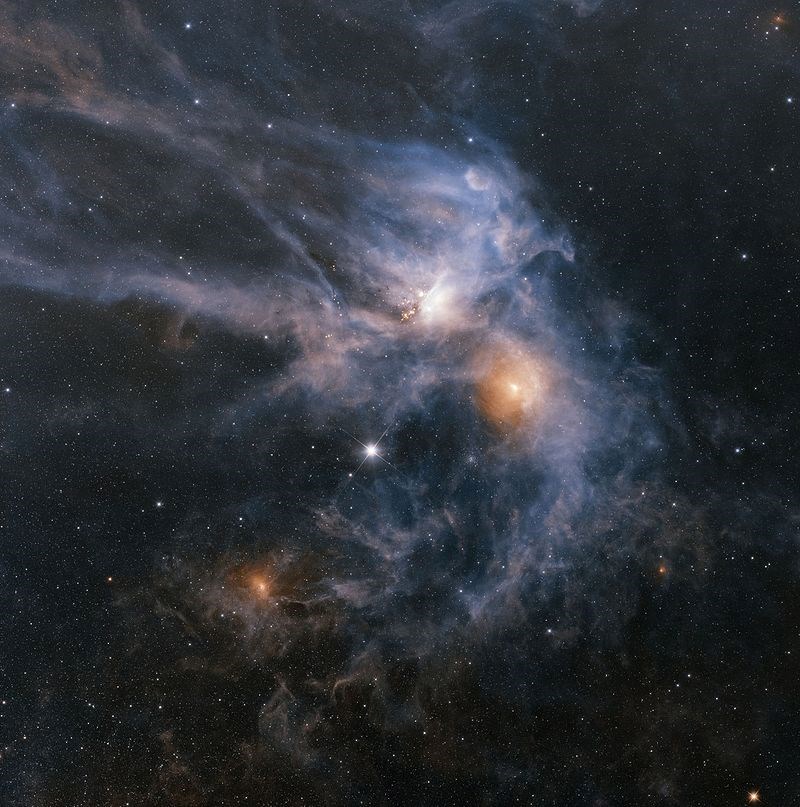There will be some fleeting conjunctions of planets and moons in July but with the Sun just past its most northerly point in the sky, all the planets will be to the south of it and low to the horizon. You’ll need to work for it this time of year!
On July 11 just after sunset by about 22:00 look low in the WNW about 5 degrees above the horizon to see a very thin crescent New Moon and about six lunar diameters to its left a very bright Venus. With binoculars and steady hands you’ll also see a faint Mars about one lunar diameter left of Venus. Over the next two days Venus will pass above Mars headed up and east (left). Three clear nights in a row and you’ll understand why the Greeks named them “planetes” or “wanderers.” Later in the month from July 23 to 25 you can watch the just-past Full Moon pass west to east below Saturn and then Jupiter after 23:00 low in the SE.
Jupiter’s four big moons show off a little bit this month. You can see them three times all on one side of the planet: east of Jupiter before midnight July 9, after 01:30 July 19 west of Jupiter and left to right in order of distance, Io, Europa, Ganymede and Callisto! Four days later you can see them after 22:30 on July 23 in reverse order on the east side of Jupiter.
The rest of this month’s article features the constellation Scorpio. It is one of the few constellations that actually DO look like their namesake, along with Orion, Cygnus and Leo (sort of). Scorpio lies 30 degrees south of the celestial equator and just west of the centre of our Milky Way galaxy in Sagittarius and is visible right after sunset in the SSW.
The brightest star in Scorpio is Antares, so-named by the Ancient Greeks as Ἀντάρης, or “rival to Mars,” possibly because its colour and brightness are very similar and it’s only 4 degrees south of the ecliptic where we see the planets. It’s actually a binary star; the primary is the variable red giant star we see that has burned up much of its core hydrogen and is now fusing helium into heavier elements. When this extra fusion cycle kicked in, the star expanded and left the main cycle types to become a red supergiant. It seems to have formed about 12 million years ago with an initial mass of about 17 solar masses; contrast that with our Sun of one solar mass and an age of 4500 million years. Antares now appears to be down to about 12 solar masses which may sound weird but when these stars light off helium fusion, the extra energy going into the stellar plasma kicks the temperature up and everything expands. In the case of Antares, estimates are that its radius would be somewhere between the orbits of Mars and Jupiter. At that distance, the gravitational hold on its outer atmosphere is pretty tenuous and the upper layers start to get blown off into space. Antares A is actually very similar in size, mass, stellar type and ultimate fate to Betelgeuse at the top left corner of Orion. Its unfortunate companion, Antares B, is a hot, blue-white B-type main sequence star of about seven solar masses or so which likely formed around the same time as Antares A but which has burned its fuel more slowly and hasn’t yet blown into a giant phase. Both face a similar fate as supernovae but Antares B is in for an exciting time when Antares A explodes. Let’s all be glad we’re 500 light years away.
One source I read indicates that many of the stars in Scorpio and Centaurus are at similar distances, suggesting a common origin from a single gas-dust source. The three stars to Antares’ right (like scorpion claws, sort of) are all about 400 to 600 light years distant and are all type B main sequence blue-white stars. From top to bottom they’re named Acrab, Dschubba, and Fang. Seriously. Apparently it’s part of a Chinese asterism comprised of the other two plus a few. It’s also a triple star with two very close type B stars orbiting each other every 1.57 days with a third much farther away. To the lower left of Antares is Paikauhale, to the right Al Niyat and the bright star in the scorpion’s tail is Shaula; the first name is Hawaiian and the last two are Arabic. All are the same type B stars at 400 to 600 light years distance.
There will be no online Zoom meeting of the Sunshine Coast Astronomy Club during July but we’re hoping to have a tentative get-together at the Davis Bay seawall in the evening of Friday, Aug. 13 which is close to the peak of the Perseid meteor shower. Details will be posted on the club’s website at: sunshinecoastastronomy.wordpress.com.



